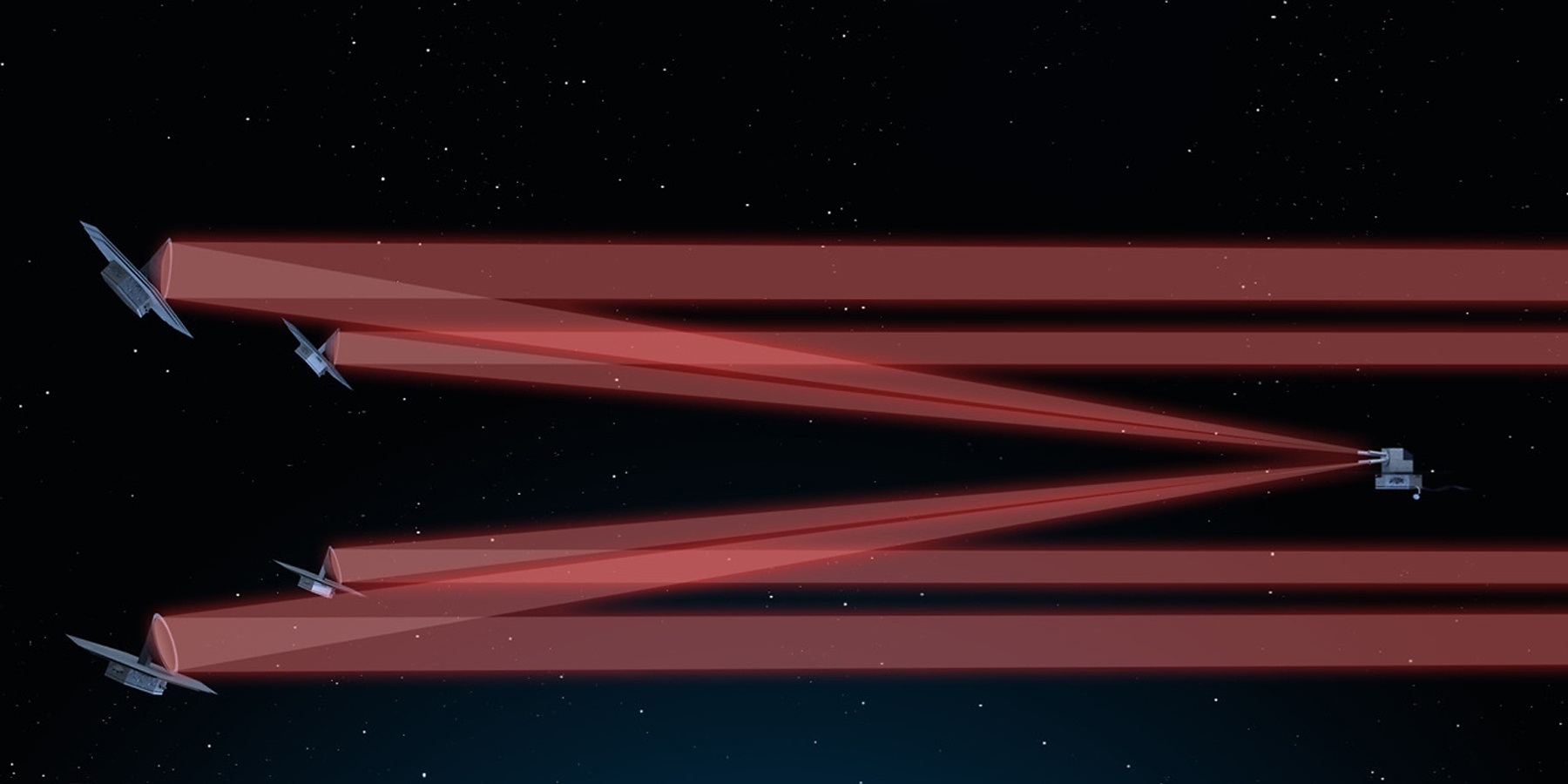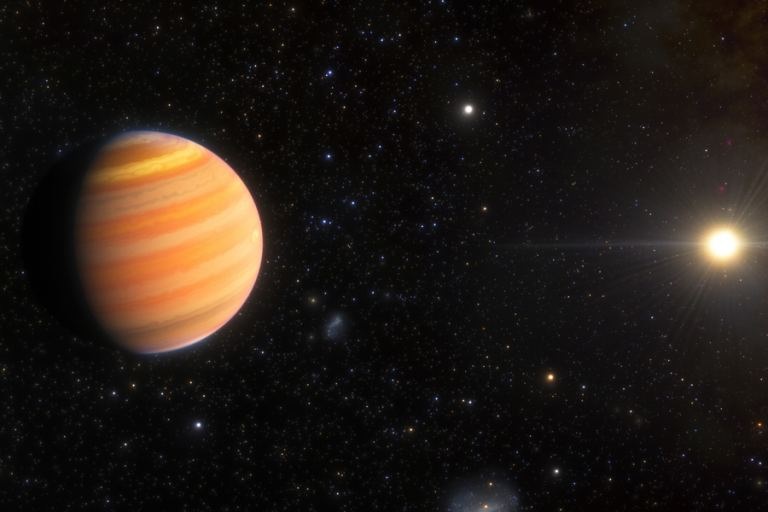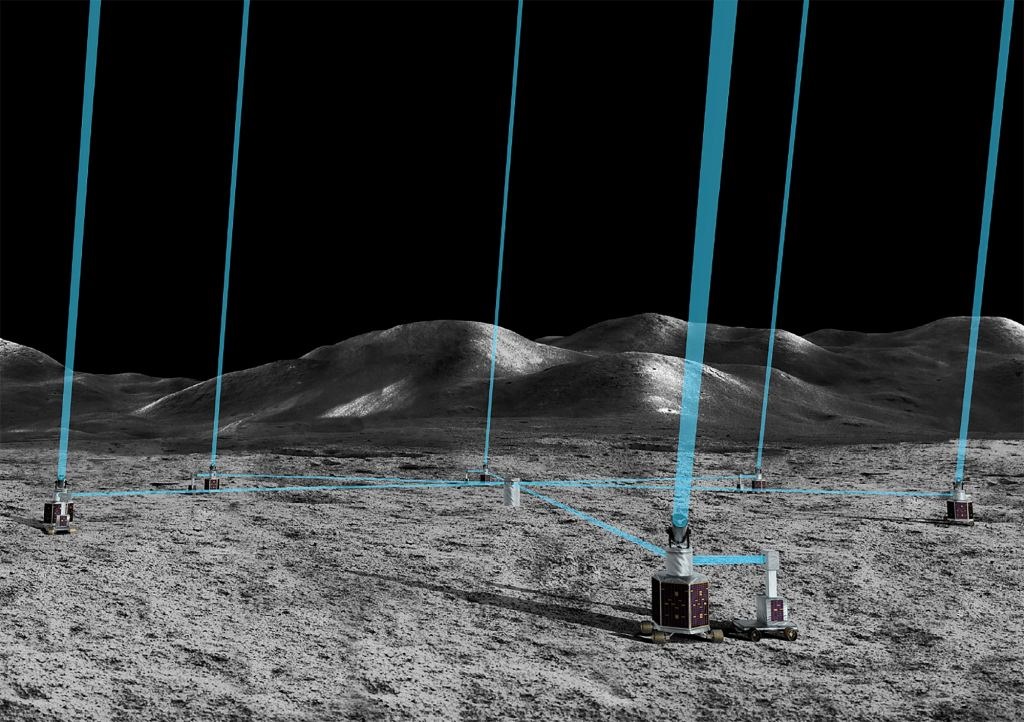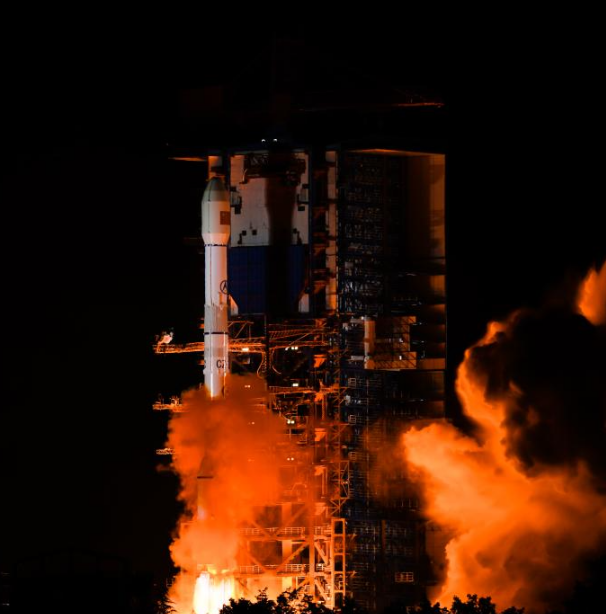02
2024-12
Just Built a Giant, Next Generation Planet Hunting Space Telescope? Here’s Where to Point It

LIFE will have five separate space telescopes that fly in formation and work together to detect biosignatures in exoplanet atmospheres. Image Credit: LIFE, ETH Zurich
You know what it’s like. You get a new telescope and need to know where to point it! The bigger the telescope, the more potential targets and the harder the decision! To date, we have found over 5,000 confirmed exoplanets (5,288 to be exact) with thousands more candidates. With missions like Gaia identifying thousands of nearby stars like our Sun where Earth-like planets could be lurking, its time to hunt them down. A new paper takes on the goiath task of trying to filter down all the millions of candidates into about 1,000 main sequence stars or binaries worth exploring. From these, they have identified 100 most promising targets and from them, the 10 best planetary systems.
Exoplanets are planets that orbit stars outside our Solar System. The first confirmed discovery of an exoplanet occurred in 1992 and since then, thousands more have been identified. They come in a wide variety of sizes, compositions, and orbital properties, ranging from small, rocky Earth-like planets to massive gas giants many times larger than Jupiter. The exoplanets are often found in the habitable zone of their stars, where conditions might allow liquid water to exist, making them potential candidates for hosting life. They are detected using various different methods, including the transit method, where a planet passes in front of its star and causes a slight dip in brightness, and the radial velocity method, which measures the gravitational wobble a planet induces on its star.

This artist’s impression shows a Jupiter-like exoplanet that is on its way to becoming a hot Jupiter — a large, Jupiter-like exoplanet that orbits very close to its star. Courtesy: NOIRLab/NSF/AURA/J. da Silva
There have been a number of telescopes that have turned their gaze on exoplanets and a number of different missions on the slate to explore their properties. One such project is the LIFE mission (the Large Interferometer for Exoplanets.) It will consist of four collector spacecraft separated by hundreds of metres and is designed to search for life outside the Solar System. The high resolution images it will produce will allow for direct imaging of exoplanets and more detailed analysis of their atmosphere. Of all its mission objectives its key task objective is to search for biosignatures, looking for molecules like oxygen, methane and carbon dioxide. All of these elements might indicate the presence of life.

Graphic depiction of A Lunar Long-Baseline Optical Imaging Interferometer: Artemis-enabled Stellar Imager (AeSI). Credit: Kenneth Carpenter
The real challenge, greater even than assessing an exoplanets suitability for hosting life is where to begin looking in the first place. A paper authored by Franziska Menti from the Institute for Particle Physics and Astrophysics in Zurich and team has tackled just that problem. The LIFE mission teams have developed exoplanet target catalogs but it contains a large number of candidates. The intention was for it to facilitate the creation of further more refined target lists based upon specific criteria. The paper from Menti articulate this process.
The catalog contains is compatible with the Virtual Observatory standards so is easily accessible to anyone with existing tools and contains stars, exoplanets, and protoplanetary disks. Anybody that has a need for a highly customised target list for exoplanetary research (such as the LIFE mission themselves or other projects like NASA’s World’s Habitable Worlds Observatory) can extract the necessary data themselves. The whole database (which contains data on as many as 104 stellar systems within 30 parsecs of the Sun)is available online at the German Astrophysical Virtual Observatory Source : Database of Candidate Targets for the LIFE Mission
-
29
2025-05

Tianwen-2 Mission Launched Successfully
At 1:31 AM today, China successfully launched the Tianwen-2 planetary exploration probe from the Xichang Satellite Launch Center using the Long March-3B Y110 carrier rocket.
-
13
2025-05

Communication Technology Experiment Satellite No. 19 Successfully Launched
At 2:09 on May 13, China successfully launched the Communication Technology Experiment Satellite No. 19 from the Xichang Satellite Launch Center using a Long March 3B carrier rocket. The satellite smoothly entered its predetermined orbit, and the launch mission was a complete success.
-
12
2025-05

Remote Sensing Satellite No. 40, Group 02, Successfully Launched
On May 11 at 21:27, China successfully launched the Remote Sensing Satellite No. 40, Group 02, from the Taiyuan Satellite Launch Center using a Long March 6A carrier rocket. The satellite entered its predetermined orbit smoothly, and the launch mission was a complete success.









